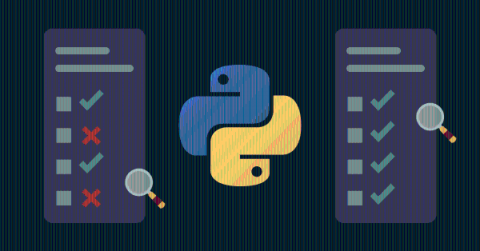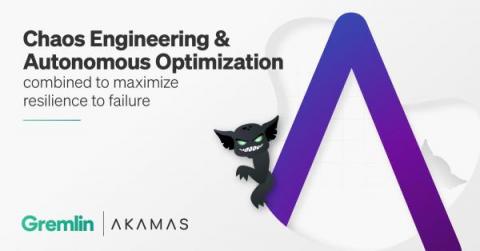Changelog 14th April 2022
If you have a marketing website, blog, or any type of static website, this one is for you. We just rolled out a major update on our static site builder, Prepress. The Prepress v2 release includes: All at $1.99 per site per month! Read more about Prepress v2.











